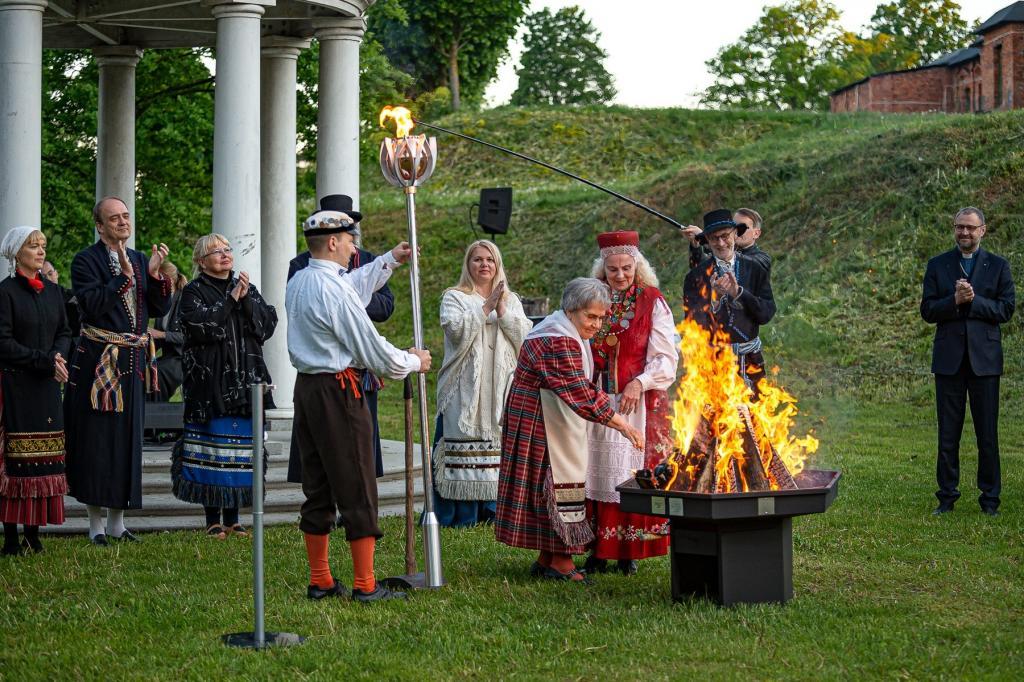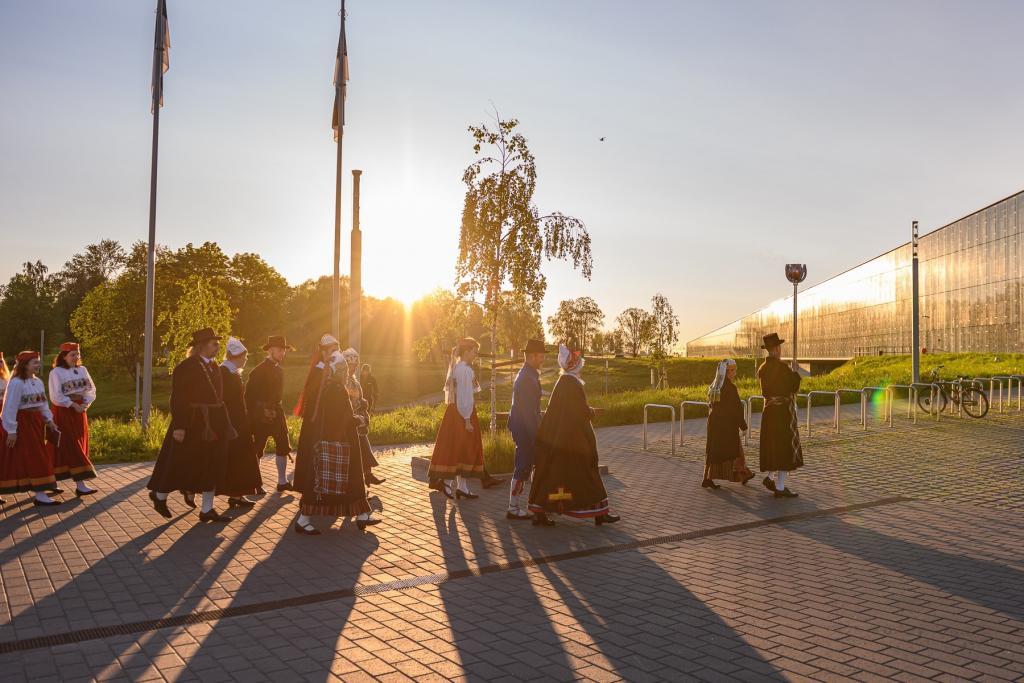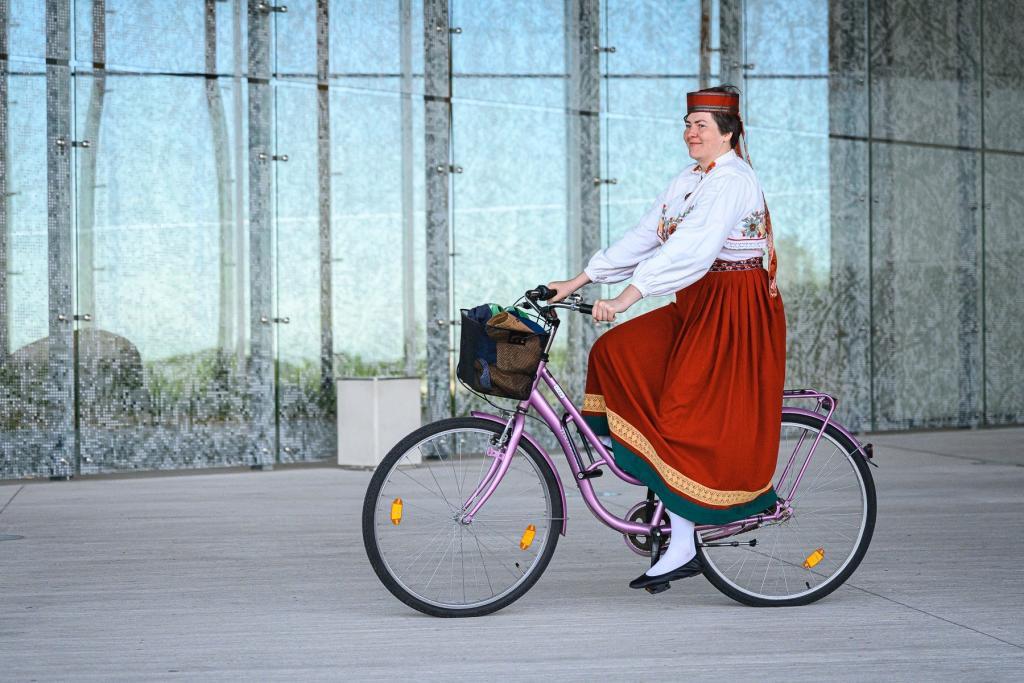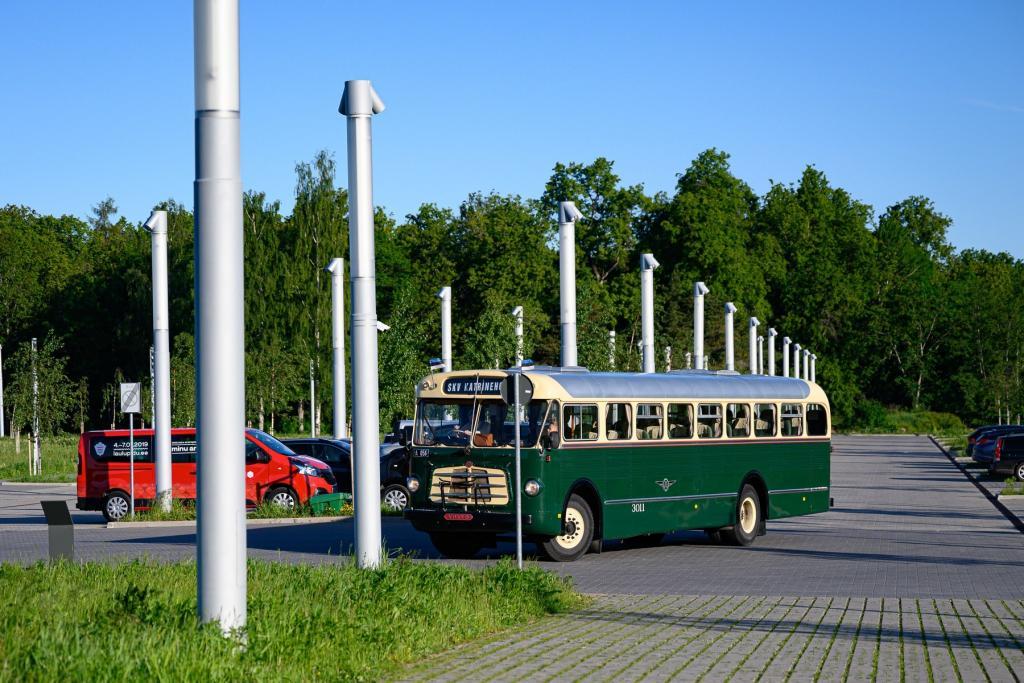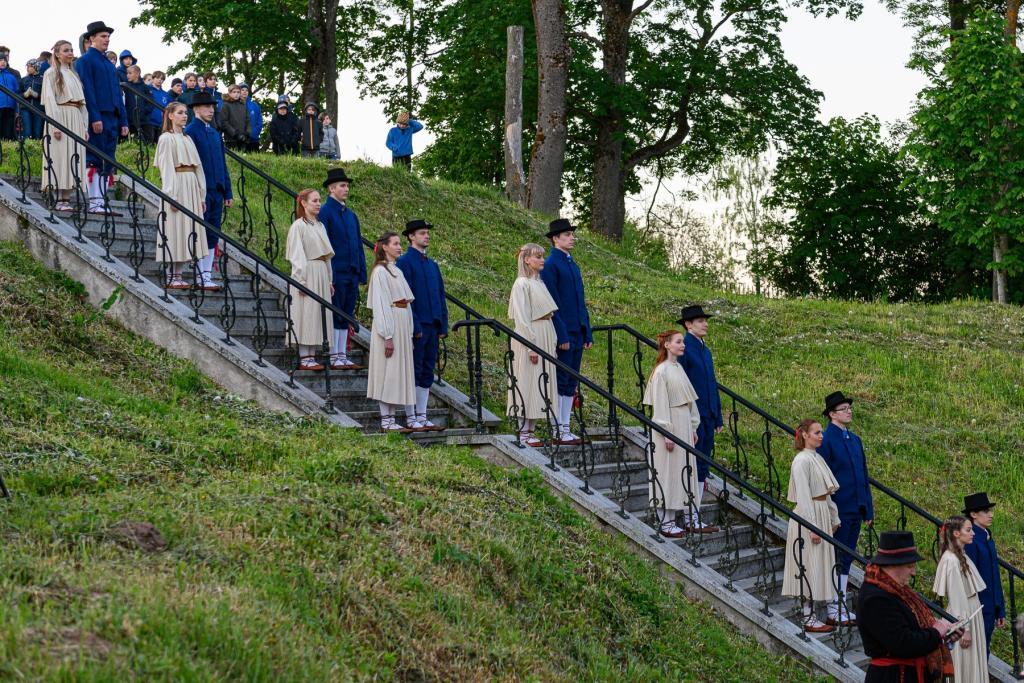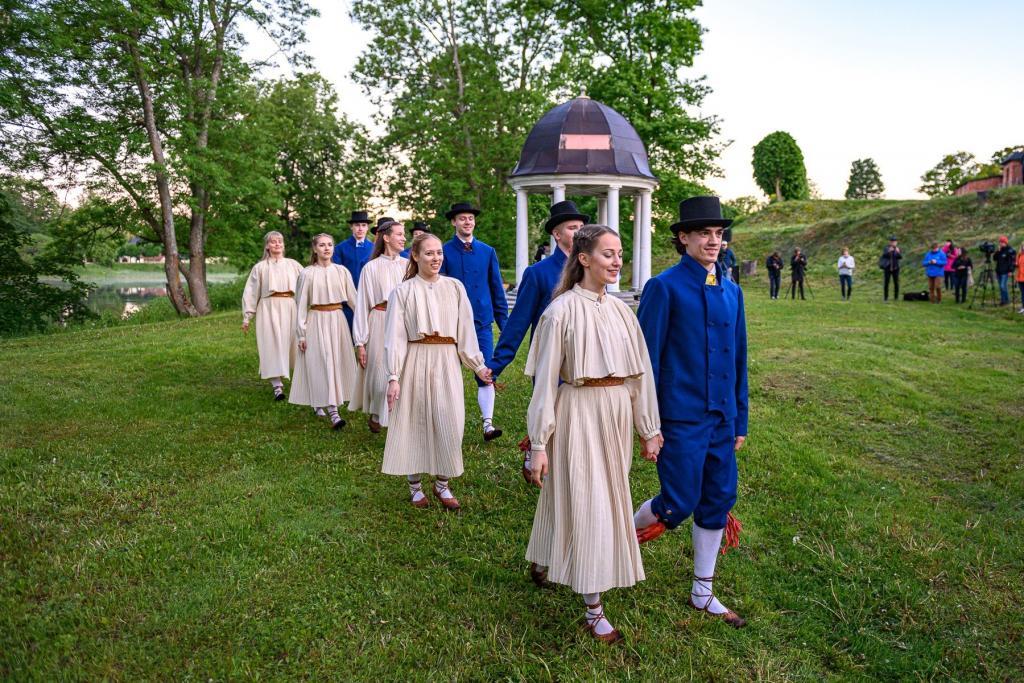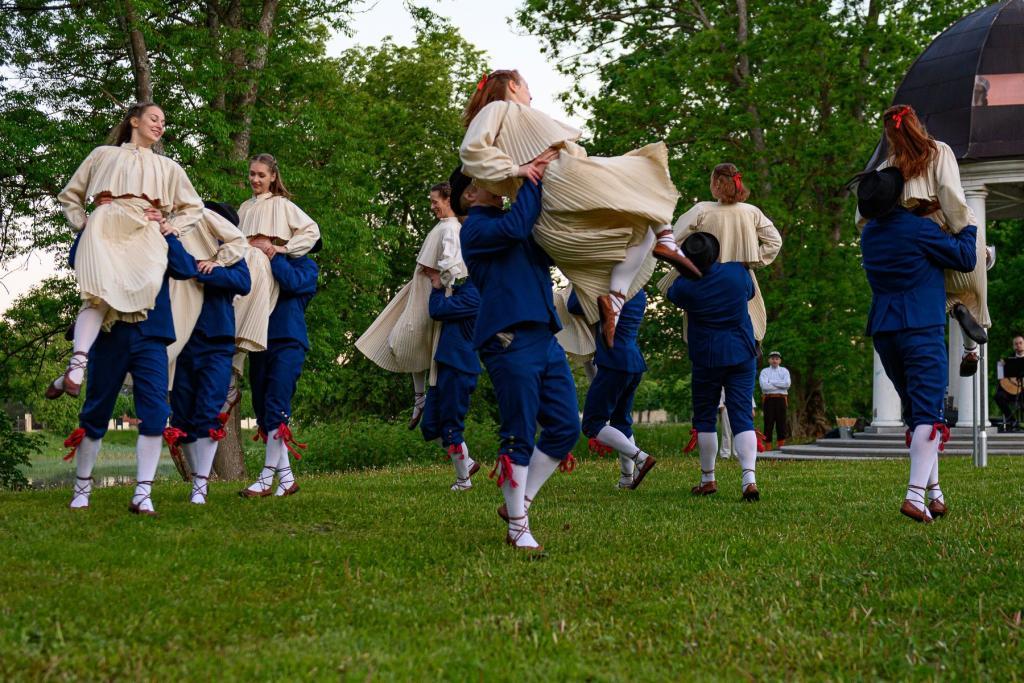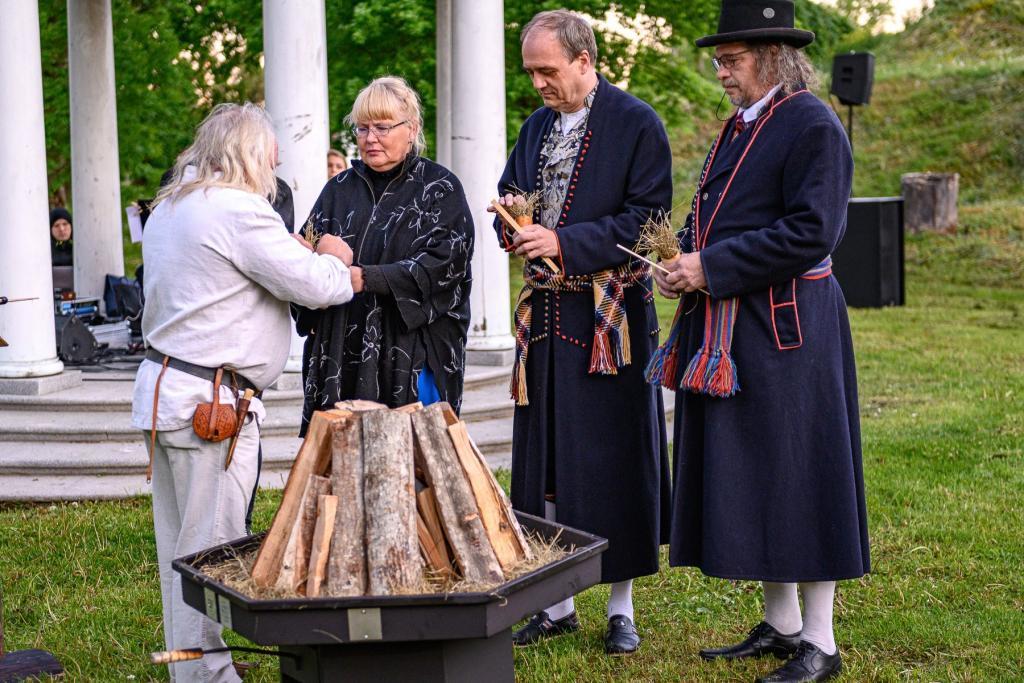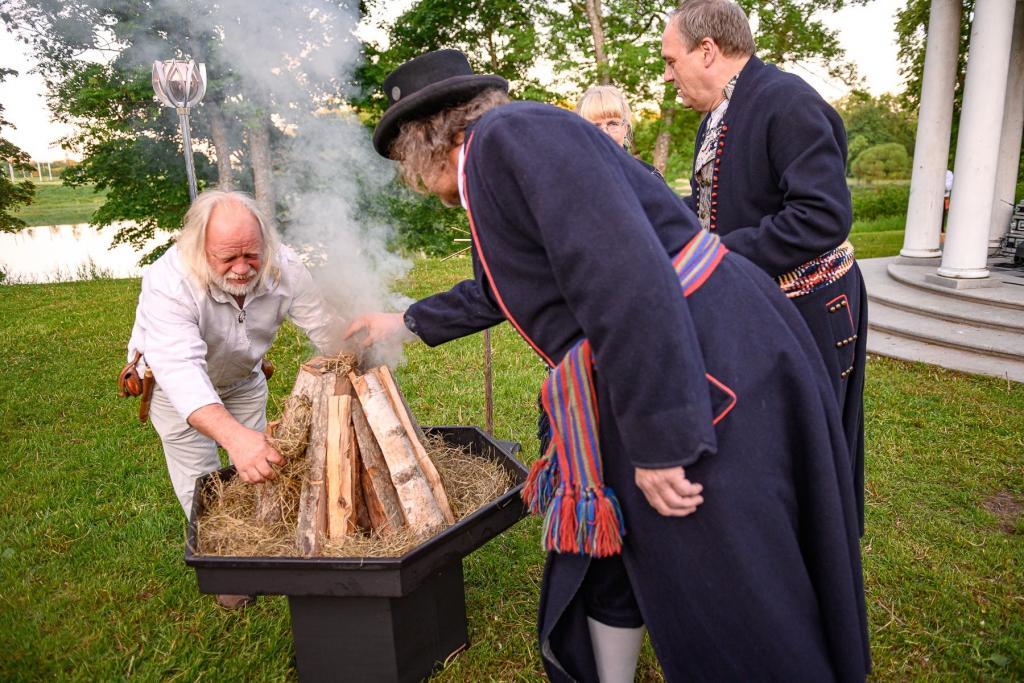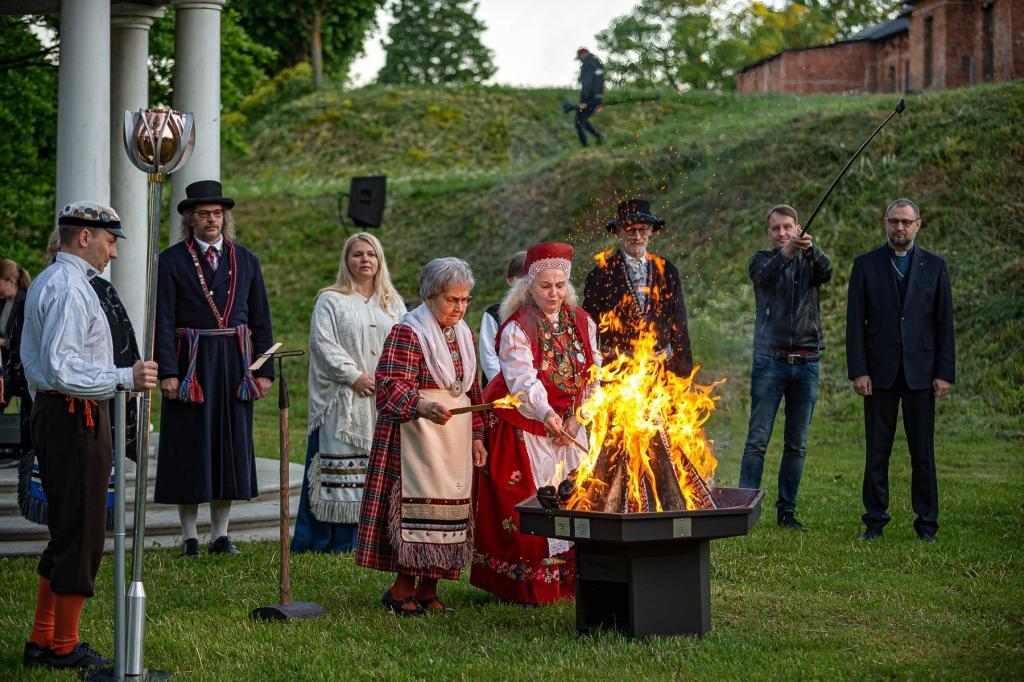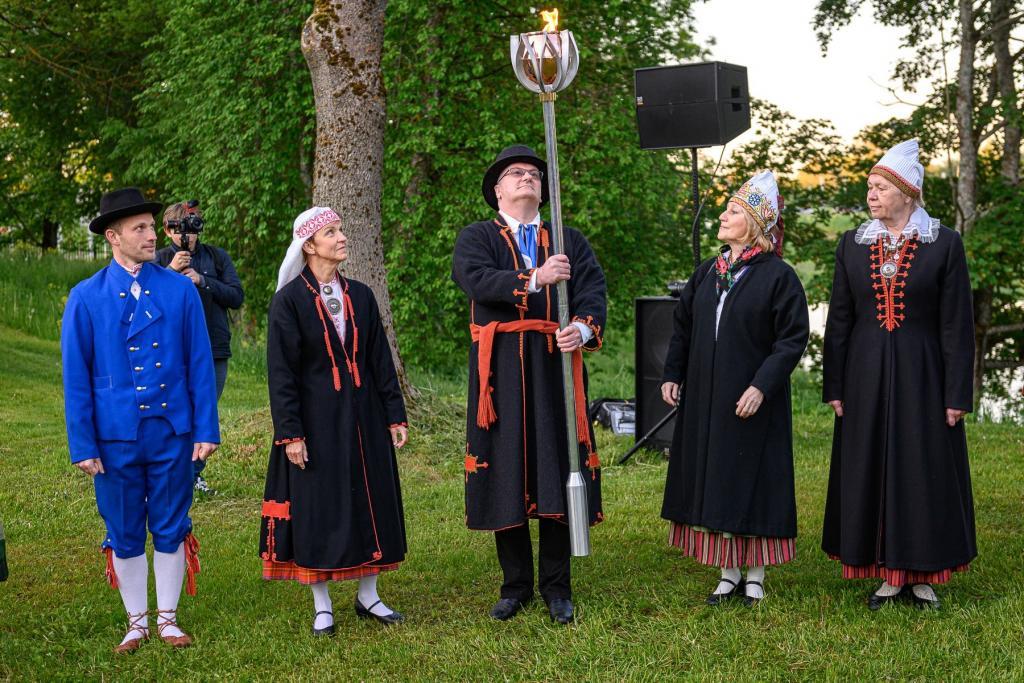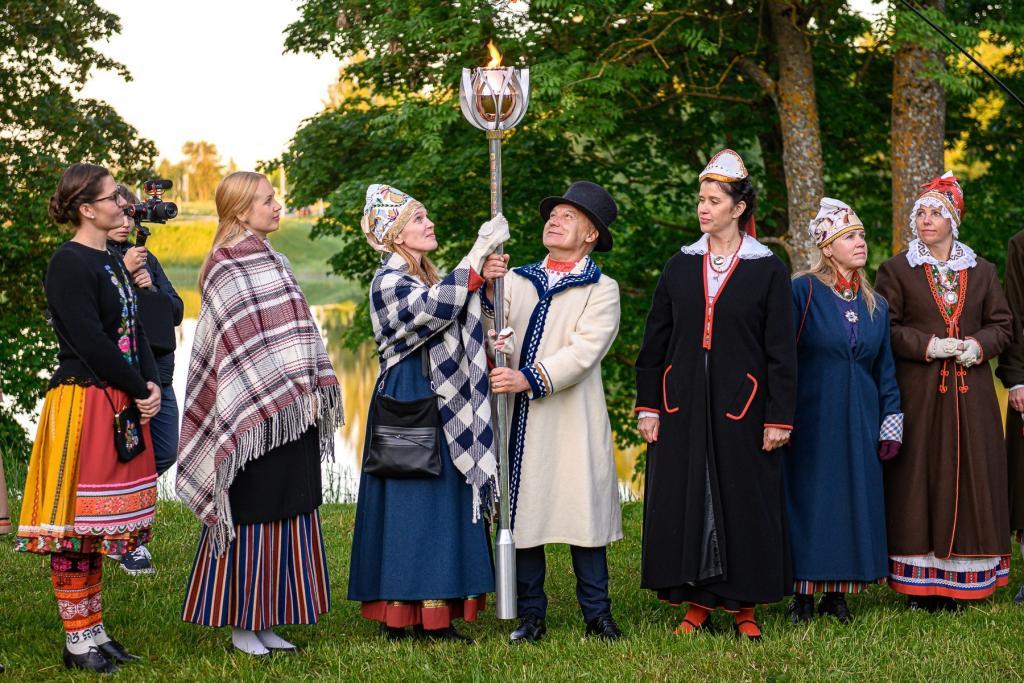Estonia’s cherished Song and Dance Celebration that in 2019 celebrates its 150th anniversary, will take place from 4-7 July; the relay of the symbolic flame of the massive event got its start in the country’s second largest town, Tartu, on 1 June.
The relay of the flame of the XXVII Song and XX Dance Celebration, entitled “My Fatherland is My Love”, is the prelude to the jubilee festival, which carries the values and power of the event to every corner of Estonia. This tradition will turn 50 in 2019 – the first nationwide relay of the flame took place in 1969 as part of the celebrations of the 100th jubilee of the Song Celebration.
The symbolic torch will be carried around the country, to every Estonian county. “The relay of the flame is always a very emotional and memorable event. This time, as the torch moves from one county to another, a lot of people will get the chance to partake in the relay through their personal commitment,” the organisers of the jubilee celebration said in a statement.
The journey of the torch started on 1 June in Tartu, where the torch was lit in the park at the Estonian National Museum, and for the next 33 days, up to the jubilee celebration in Tallinn, will be carried across Estonia. The torch will spend up to three days in each county. Each county will pass the torch on to the next with a celebration ritual on the border of the two counties.
The jubilee event will start in the evening of 4 July at the Kalev Central Stadium in Tallinn with the first performance of the XX Dance Celebration. The XXVII Song Celebration will start on 6 July at the Tallinn Song Festival Grounds.
A unique event with a long history
The Estonian Song Celebration is a unique event, which every five years brings together a huge choir of up to 30,000 people for a weekend in July. Approximately 100,000 spectators enjoy the concerts and sing along to the most popular songs.
The celebration was initiated in 1869 by newspaper publisher Johann Voldemar Jannsen, as part of the Estonian national awakening movement. The first singing event was held in Tartu, with 878 male singers and brass musicians. All the songs were in Estonian and Estonians – mostly peasants and farmers at the time – discovered the value of their own language and cultural heritage through singing.
Since then, the singing celebrations became the main anchor of Estonian identity. In the 19th century, the choirs and song celebrations were at the core of the national awakening of Estonian peasants and it helped establish an identity that indirectly led to the country’s independence in 1918.
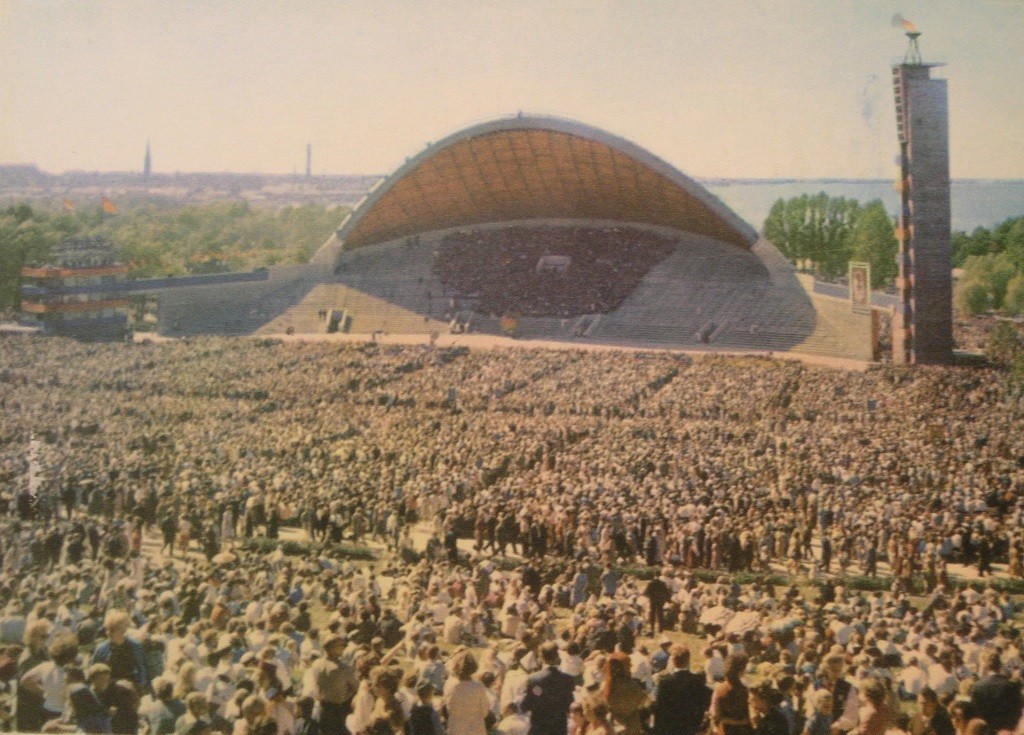
After the Second World War, during the Soviet occupation, the song celebrations again helped keep the national identity alive. In the summer of 1988, several hundred thousand people gathered at the Tallinn Song Festival Grounds and sang for freedom for many days and nights. Dubbed “The Singing Revolution”, it indirectly led to Estonia’s independence once again in 1991.
Photos of the Estonian Song and Dance Celebration flame lighting ceremony in Tartu by Rein Leib.

